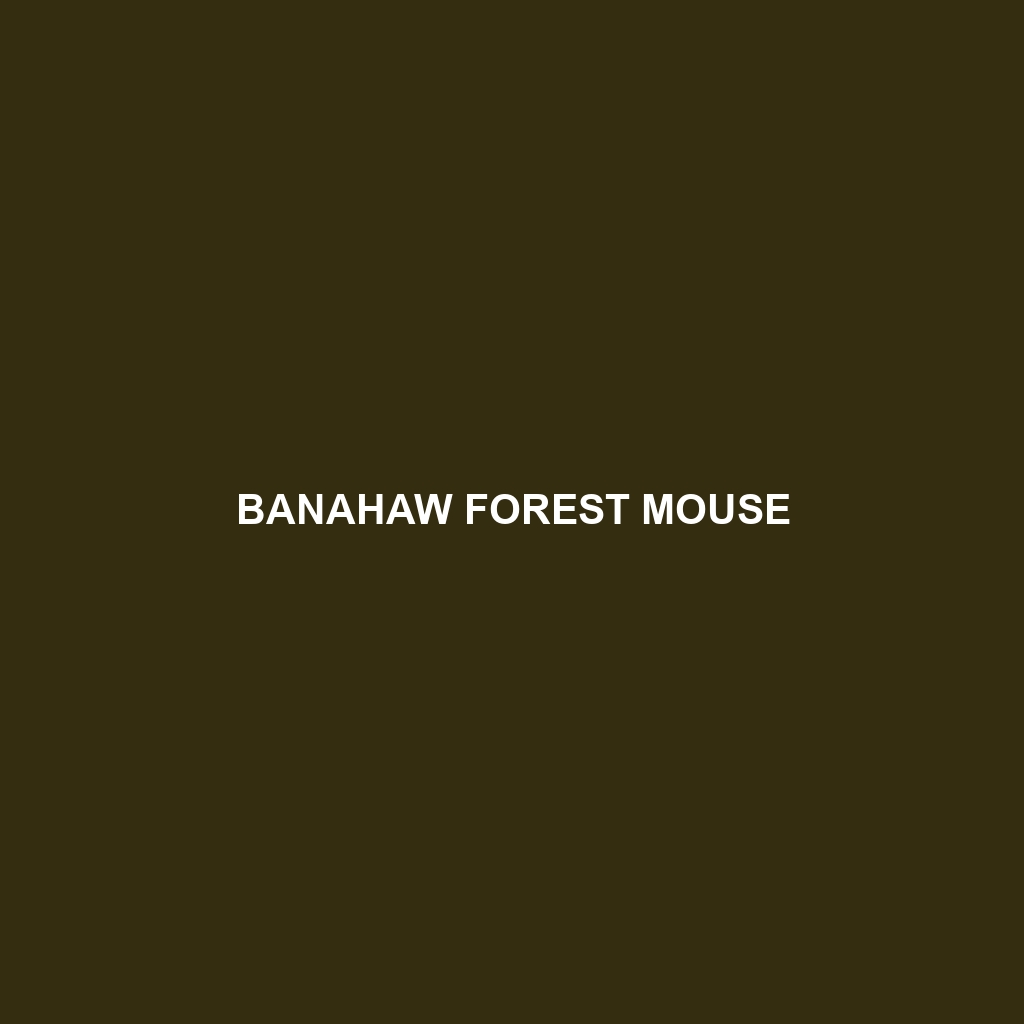Mount Giluwe Rat
Common Name: Mount Giluwe Rat
Scientific Name:
Habitat
The Mount Giluwe Rat is primarily found in the high-altitude regions of Papua New Guinea, specifically around the mountainous areas of Mt. Giluwe. This species thrives in montane grasslands and cloud forests, typically at elevations ranging from 2,000 to 2,500 meters. These habitats are characterized by cool, moist conditions and dense vegetation, providing a suitable environment for the Mount Giluwe Rat to flourish.
Physical Characteristics
The Mount Giluwe Rat is a medium-sized rodent, measuring approximately 22 to 28 cm in body length, excluding the tail. Its fur is predominantly a mix of earthy brown and gray, which helps it blend seamlessly into its mountainous surroundings. Notable features include a long, slender body, large rounded ears, and a bushy tail that aids in balance while navigating through the rugged terrain. The claws are well-developed for digging and climbing, enabling this species to exploit a variety of ecological niches.
Behavior
This rodent is primarily nocturnal, exhibiting high activity levels during the night. Known for its agility, the Mount Giluwe Rat uses its climbing skills to traverse trees and bushes in search of food. It is generally solitary, but during breeding seasons, it may display territorial behaviors. Vocalizations are common, particularly during mating calls, which can attract potential mates. Nesting occurs in burrows or hollows, providing shelter from predators.
Diet
The Mount Giluwe Rat is an omnivore, primarily feeding on a varied diet that includes fruits, seeds, and leaves. It is known to forage extensively in the underbrush and tree canopies, taking advantage of the abundant vegetation in its habitat. This rat plays a crucial role in seed dispersal, contributing to the health of its ecosystem by facilitating plant growth and regeneration.
Reproduction
Reproductive habits of the Mount Giluwe Rat are not extensively studied, but it is believed to breed throughout the year, with peaks during the wet season. Females typically give birth to litters ranging from two to four young after a gestation period of approximately three to four weeks. Offspring are born blind and helpless, relying on their mother for nourishment and protection during their early weeks of life.
Conservation Status
The Mount Giluwe Rat is currently classified as endangered due to habitat loss and degradation caused by logging and agricultural expansion. Conservation efforts are crucial to protecting its remaining habitats and preventing further decline of its populations.
Interesting Facts
One fascinating aspect of the Mount Giluwe Rat is its unique adaptation to high-altitude life, which allows it to thrive in environments that many other species cannot endure. Additionally, studies suggest that their vocalizations might indicate environmental conditions, reflecting their sensitivity to changes in their habitat.
Role in Ecosystem
The Mount Giluwe Rat plays an integral role in its ecosystem as both a seed disperser and a prey species for larger predators. By consuming and distributing seeds, it aids in the propagation of various plant species, fostering biodiversity in its mountainous ecosystem. Its presence indicates a healthy environment, demonstrating the interconnectedness of species within its habitat.
